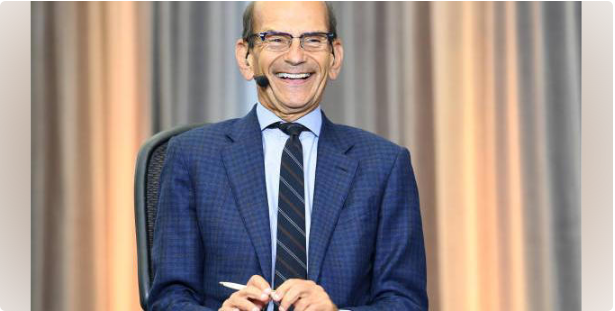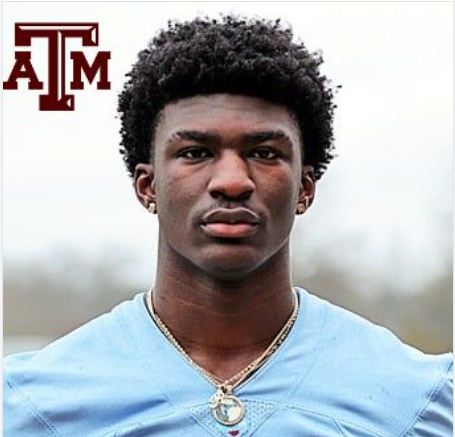
Paul Finebaum on College Football’s Popularity Ceiling: Why It Will Never Catch the NFL
ESPN analyst Paul Finebaum has never been one to shy away from bold takes, and his latest remarks on the popularity gap between college football and the NFL have ignited discussion across the sports world. Finebaum believes that college football has structural limitations that will prevent it from ever reaching the level of dominance the NFL enjoys. His argument focuses on leadership, organization, and media fragmentation, which he sees as major roadblocks to growth.
One of Finebaum’s biggest criticisms is that college football lacks centralized leadership. The NFL operates under a single commissioner, Roger Goodell, who answers to a unified group of 32 team owners. This structure allows for efficient decision-making, collective bargaining, and a shared vision for the league’s success.
College football, on the other hand, is highly decentralized. Each conference (SEC, Big Ten, ACC, etc.) operates independently, often with conflicting agendas. The NCAA, which technically oversees college sports, has been criticized as ineffective and lacking authority over the major programs. Finebaum summed up the issue by saying:
“The NCAA is a disaster. Nobody in college football answers to anyone.”
Without strong, unified leadership, the sport struggles to make collective decisions on issues like player compensation, and playoff expansion—all of which impact its long-term sustainability.
Another key point Finebaum made was about the media landscape. The NFL benefits from a collaborative approach, with networks like ESPN, FOX, CBS, and NBC all working together to promote the league. These broadcasters split lucrative national TV contracts, ensuring consistent exposure for every team.
College football, however, is divided by competing TV deals. The SEC is aligned with ESPN, the Big Ten is controlled by FOX, CBS, and NBC, and other conferences have their own deals. This leads to disjointed scheduling, uneven exposure, and conflicts between networks. Finebaum explained:
“In college football, you essentially have ESPN and FOX, and there are a couple of other minor entities. So, it’s convoluted. Everybody’s got a different approach. Everybody’s got a different philosophy. Nobody works together.”
This lack of cooperation limits college football’s national reach, making it harder for the sport to attract casual fans the way the NFL does.
While college football remains hugely popular, especially in regions like the Southeast and Midwest, it struggles to capture the national audience in the same way the NFL dominates Sundays, Mondays, and Thursdays.
Finebaum’s argument suggests that unless college football undergoes massive structural changes, it will always be limited by its fragmented leadership and media rights battles. As the sport continues to evolve, it remains to be seen if a commissioner-like figure could emerge to unify the game.
For now, the NFL remains king, and according to Finebaum, college football may never truly challenge its throne.


